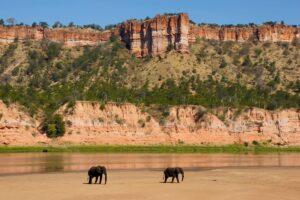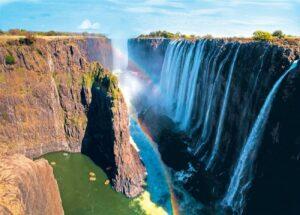The city that serves as the country’s administrative center, Buda and Buda, is located on the western side of the Danube, whereas Pest is located on the eastern bank. Several sections of the city are recognized as World Heritage Sites by UNESCO, and tourists generally agree that it is one of Europe’s loveliest metropolises. The city’s intriguing past is skillfully blended with the city’s dazzling, laid-back modern aesthetic style. From museums to hot springs, there is something for every kind of tourist to enjoy.
Visit the Historic Castle Area
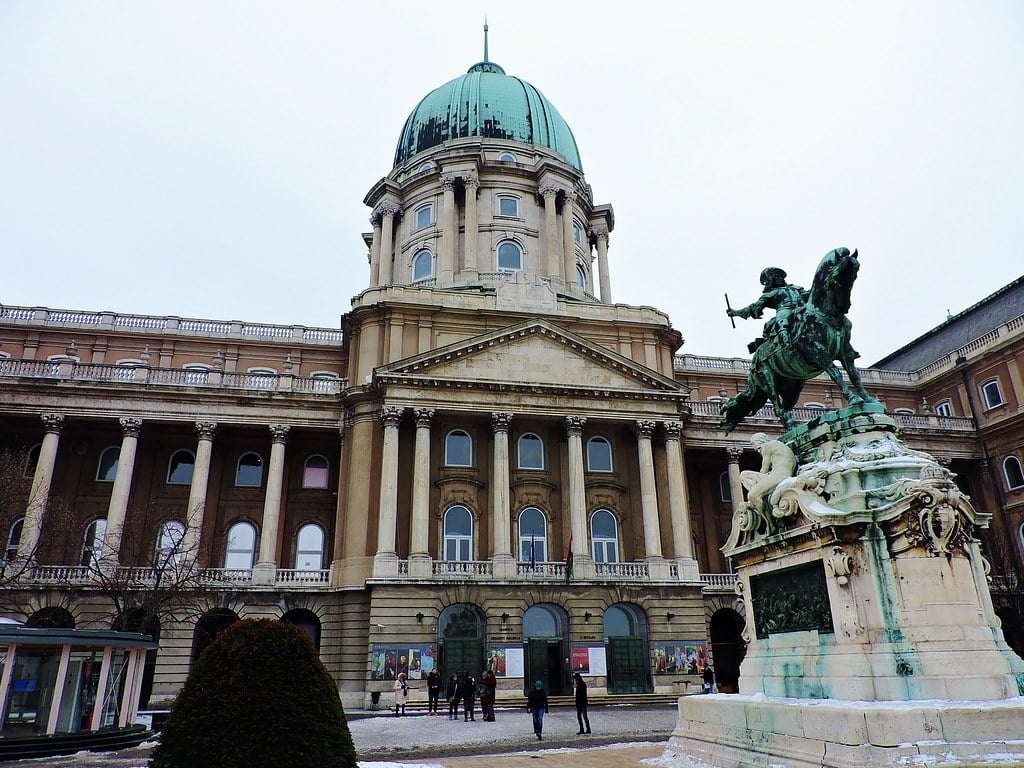 The old Royal Palace, one of the city’s most recognizable symbols, sits above the undulating hills on the Buda side. The Hungarian Natural Gallery and other significant temporary exhibits now call this building, which has been destroyed and rebuilt multiple times, home. In addition, other well-known sights, such as Fishermen’s Bastion, offer a breathtaking view of the Pest cityscape from across the Danube. The winding, cobblestone lanes lead directly to the medieval Matthias Church.
The old Royal Palace, one of the city’s most recognizable symbols, sits above the undulating hills on the Buda side. The Hungarian Natural Gallery and other significant temporary exhibits now call this building, which has been destroyed and rebuilt multiple times, home. In addition, other well-known sights, such as Fishermen’s Bastion, offer a breathtaking view of the Pest cityscape from across the Danube. The winding, cobblestone lanes lead directly to the medieval Matthias Church.
Visit Ruszwurm, Hungary’s oldest candy, for some coffee and cake. The Museum at the Old Hospital in the Rock, once a hospital under the Royal Palace, is a unique and interesting attraction. You may reach the palace using the world’s oldest funicular train in a few minutes. Hike up (it’s not as long as it appears, we swear) or take Bus 16, which stops all around the city.
Hungarian Parliament Building & Crown Jewels
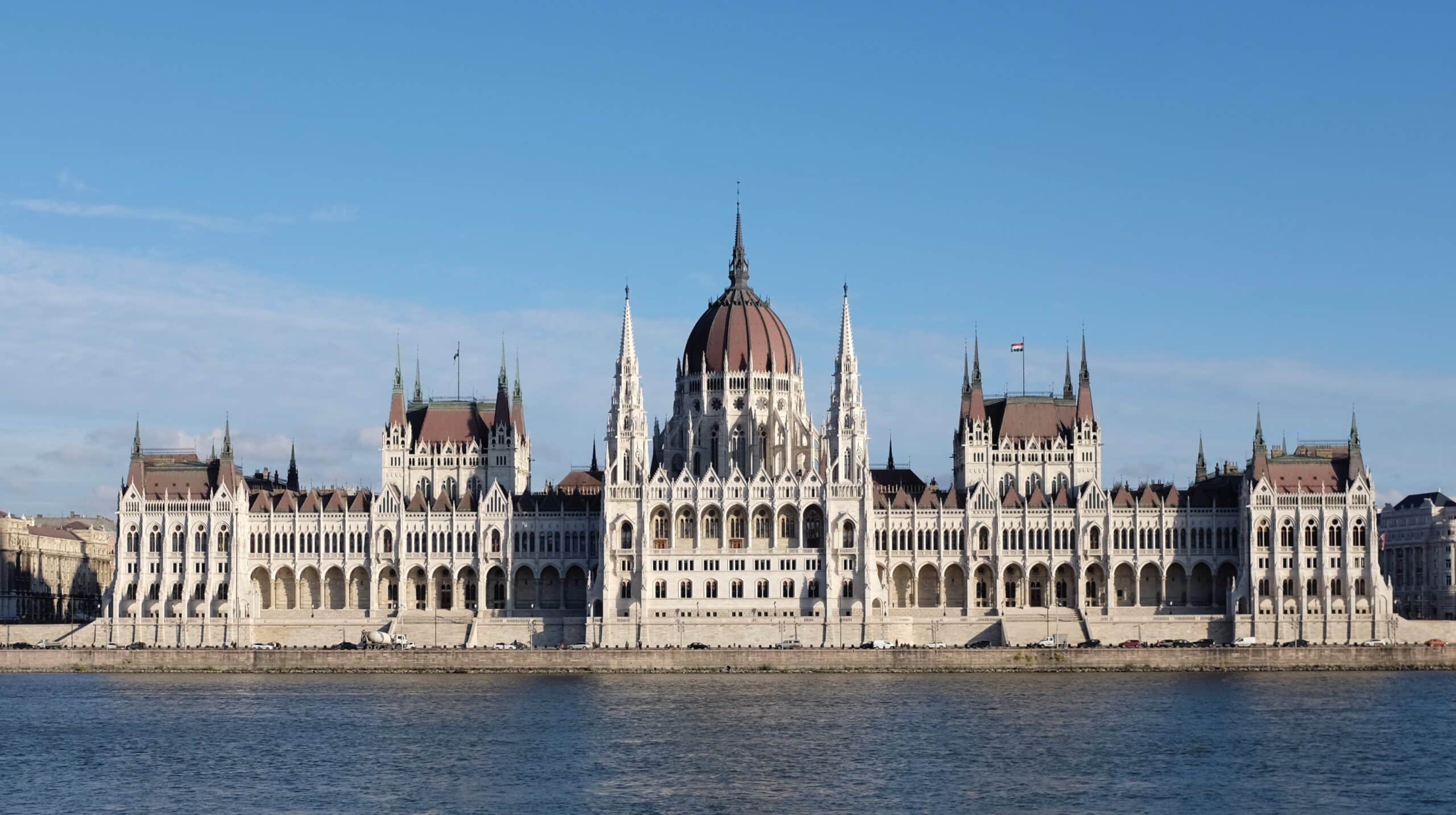 Hungary’s Parliament Building (Országház) and the surrounding area are architectural highlights of a stroll through Budapest’s charming pedestrian-friendly cobblestone lanes. It forms a potentially architecturally stunning section of town in a neighborhood with the Museum of Ethnography and the Ministry of Agriculture.
Hungary’s Parliament Building (Országház) and the surrounding area are architectural highlights of a stroll through Budapest’s charming pedestrian-friendly cobblestone lanes. It forms a potentially architecturally stunning section of town in a neighborhood with the Museum of Ethnography and the Ministry of Agriculture.
This Neo-Gothic structure was opened in 1886 to celebrate the nation’s millennium birthday. It is the third biggest parliament building in the world. (The Austro-Hungarian Empire included Hungary at the time.) This massive building has 691 guest rooms and an incredible 19 kilometers of hallways and stairwells.
When the government is not in session, visitors may take advantage of 45-minute guided tours that cover many of the building’s most notable features, including the grand entry hall, numerous lobbies, and the Hungarian Crown Jewels. Make your reservations as soon as possible since most tickets sell out a week in advance.
St. Stephen’s Basilica
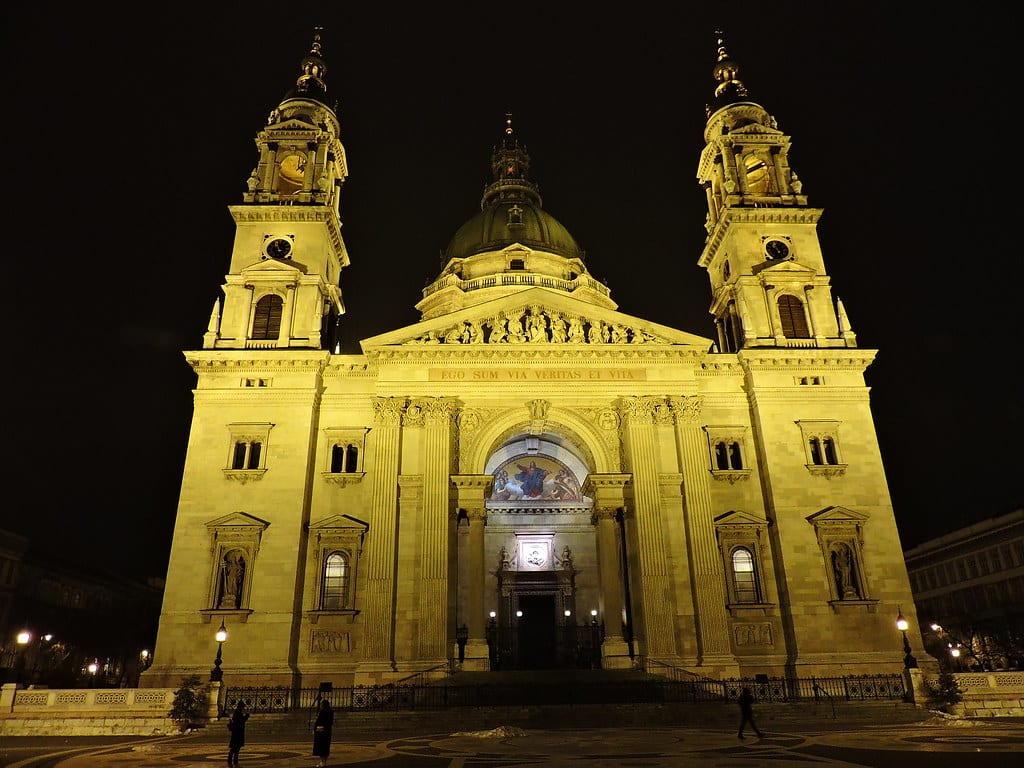 The St. Stephen’s Basilica (Szent István-basilica) in Budapest, Hungary, is a famous tourist destination due to its stunning exterior, breathtaking interior, and breathtaking views from its dome. Of multiple building failures, including the collapse of its incomplete dome, the cathedral was not consecrated until 1905; it is named after St. Stephen, the saintly monarch of Hungary and the foundation of the Hungarian state.
The St. Stephen’s Basilica (Szent István-basilica) in Budapest, Hungary, is a famous tourist destination due to its stunning exterior, breathtaking interior, and breathtaking views from its dome. Of multiple building failures, including the collapse of its incomplete dome, the cathedral was not consecrated until 1905; it is named after St. Stephen, the saintly monarch of Hungary and the foundation of the Hungarian state.
The church’s priceless mosaics were knocked from the walls and top, and the church’s roof and towers were severely damaged during World War II. These, however, were returned to their proper locations and now serve as the focal point of the ornately furnished interior. Among them, the five-part sanctuary’s Venetian mosaic depicts the mass’s many symbols. The cathedral’s most valuable holy relic, the first monarch of Hungary’s mummified right hand, is on exhibit in a chapel to the left of the high altar.
If you have the time, ride one of the two elevators to the cupola, where you can take in breathtaking 360-degree views of the city and the Danube (alternatively, you can climb the 364 steps). On weekdays, visitors may take part in guided tours of the basilica. Also, visit the cathedral’s website to learn about upcoming organ and classical music events.
Margaret Island
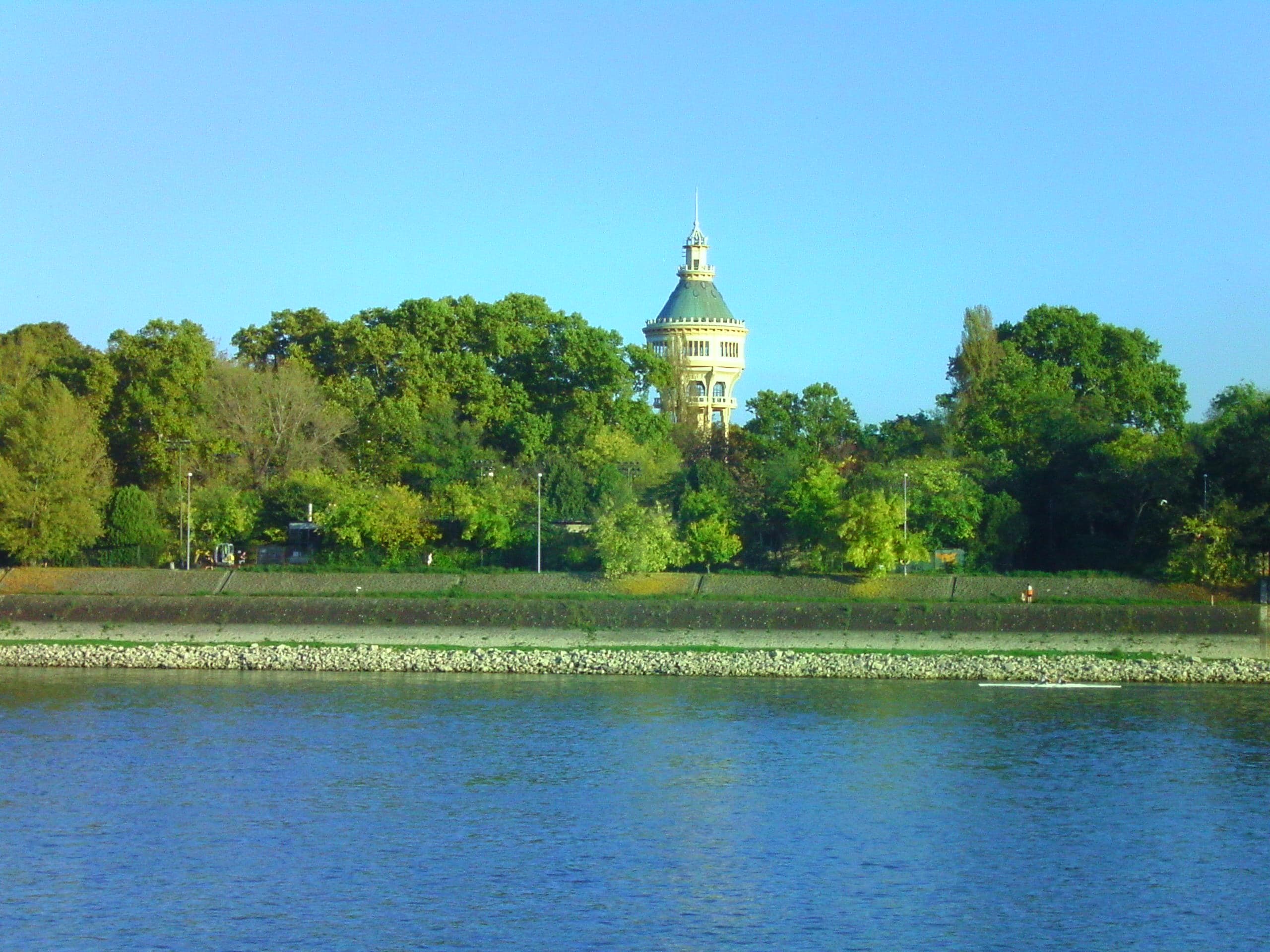
To the middle of the Danube floats Margaret Island, a park-filled island 2.5 kilometers in length.
To go about the island, you may hire a pedal cart, a golf cart, or any other self-powered vehicle from one of the many businesses that provide these services.
The island is encircled by a rubber-coated running track, making it a favorite jogging place for city dwellers seeking peace. The “music fountain,” where water routinely “dances” to classical music, is one of the island’s most recognizable landmarks. The island also has a small aviary that mostly cares for wounded water birds, wildfowl, and some remnants from the Middle Ages.
Hospital in the Rock Nuclear Bunker Museum
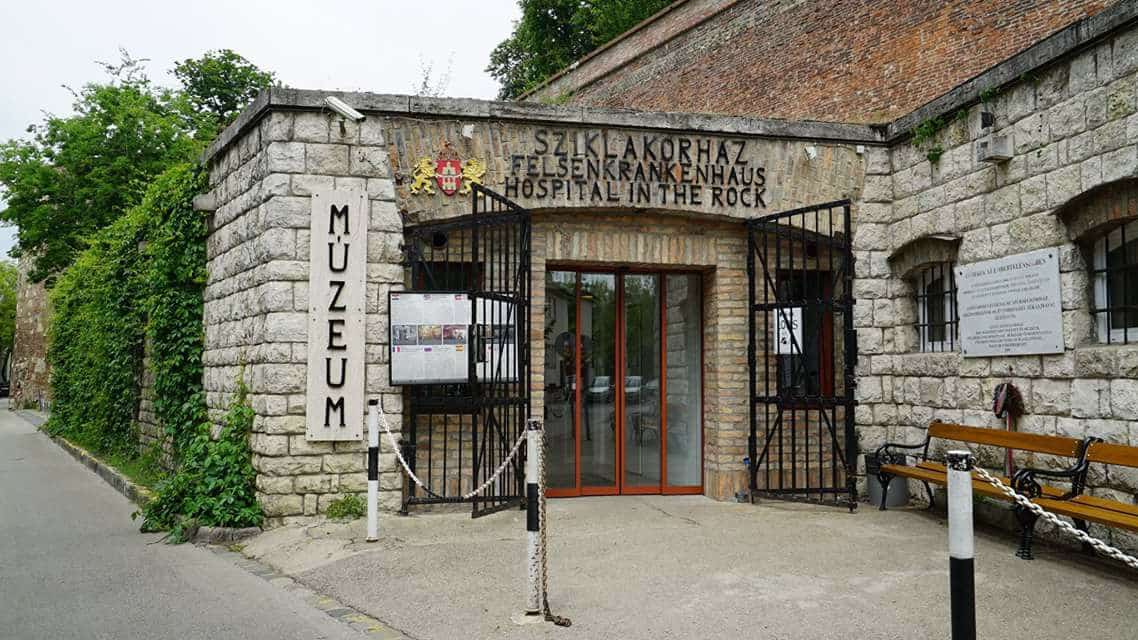 Caves and tunnels cut into Castle Hill’s underlying Rock have been utilized for habitation and storage since ancient times. These buildings were reinforced during World War II and used as bomb shelters and makeshift hospitals. During the Cold War, this location was fortified even more against radioactive contamination; now, it is home to the Hospital in the Rock Nuclear Bunker Museum (Sziklakórház Atombunker Mzeum).
Caves and tunnels cut into Castle Hill’s underlying Rock have been utilized for habitation and storage since ancient times. These buildings were reinforced during World War II and used as bomb shelters and makeshift hospitals. During the Cold War, this location was fortified even more against radioactive contamination; now, it is home to the Hospital in the Rock Nuclear Bunker Museum (Sziklakórház Atombunker Mzeum).
During the Siege of Budapest in World War II, this building served as a hospital and a bunker. It houses several interesting exhibits on the heroic efforts to save lives under difficult circumstances. The terrible effects of nuclear bombs are the subject of another display. The only available way is on a guided tour (English language tours).
Many memorable experiences may be enjoyed in Budapest, from relaxing in thermal springs dating back centuries to sky-high romantic rendezvous spots and time travel to a cafe straight out of the 19th century. Lastly, read more about travel around the world here.
